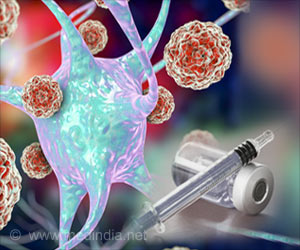By ‘touching’ cells with nanoscale precision, researchers mapped forces exerted, unveiling how cells maintain shape akin to tent poles and ropes. Disturbing the force-bearing function of actin fibers highlighted the nucleus’s role in stress response.
Machine learning aided the analysis and modeling of the measured forces. Additionally, fixing, and staining methods were employed to investigate the impact of force distortion on the cell’s internal structures, including microtubules and actin filaments comprising its ‘skeleton’.
Advertisement
“Cells are smart materials that can adapt to various chemical and mechanical stimuli from their surroundings,” says Jun Nakanishi, one of the corresponding authors of the study and the leader of the Mechanobiology Group at the National Institute for Materials Science.
Comparing healthy and cancerous cells, they found cancer cells more resilient to external compression and less prone to cell death activation. This distinction could offer a diagnostic approach based on cellular mechanics, supplementing current methods reliant on cell size, shape, and structure.
Source: Medindia



